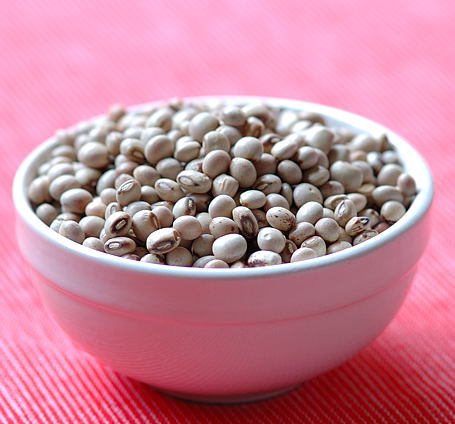
Kandulu (Tuvar or Toor Beans, in Dried Form)
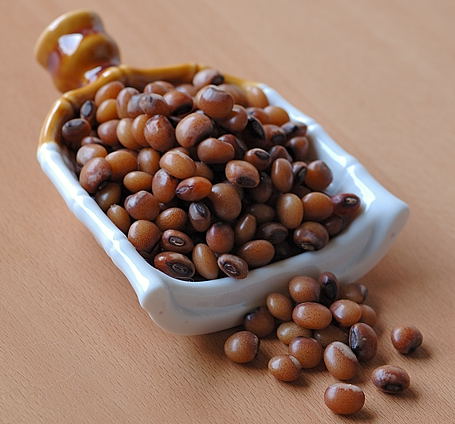
Yesterday I feasted, so today I must fast.
Kandulu, Simmered in Salted Water ~ An Andhra Snack for Jihva


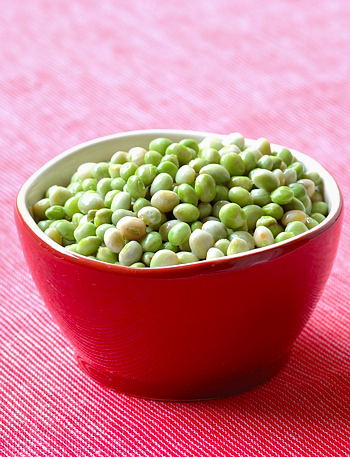
Toor dal is among the most easily digestible of all food, and can serve as central element in a meatfree diet. The nourishing toor dal starts its life as an oval-shaped bean in beautiful green, neatly tucked in a row in a tuvar pod. Each tuvar pod contains about four to six plump tuvar beans. Exquisitely dense and full of spring-flavor, fresh tuvar, like green peas and green garbanzos, is a culinary delight when lightly cooked.
At Nandyala, fresh tuvar pods appear at farmers markets for a few weeks during summer time. Streetside vendors sell boiled tuvar pods in paper packets for as little as your pocket change. At our home, we used to simmer the whole pods in salted water and then shell the pods to snack on the cooked beans. Luckily, in recent years, the local Indian grocery shops in the United States have started importing fresh tuvar from India. Already shelled and in frozen avatar, a pound is usually priced at two to three dollars. It’s a good buy.
If you haven’t tried this protein powerhouse yet, you must now. Lightly cook fresh tuvar beans in salted water for a delicious snack. Or add them whole to vegetable curries or kurmas, and to rice preparations. This lentil lifeline instantly livens up any preparation.
For today’s meal, I made basmati pulao with fresh mint and tuvar. Easy to cook, incredibly fragrant and best of all, it’s so rich in flavor because of fresh mint and tuvar, that it needs little enhancement. Imagine pasta or orzo tossed in flavorful mint pesto ; almost the same taste here, but with basmati rice.
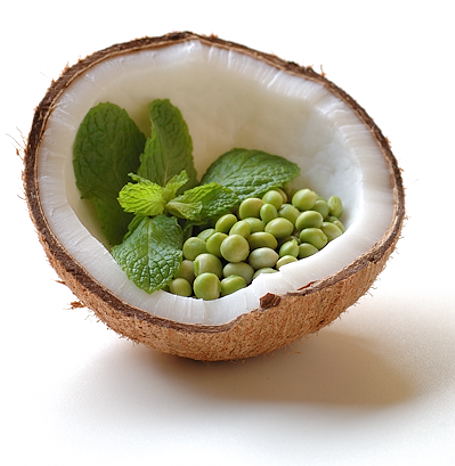
Recipe:
(for four to six people)
2 cups basmati rice
1 cup fresh tuvar
¼ cup roasted cashews
½ teaspoon salt
1 tablespoon peanut oil
To prepare masala: Take about 2 cups fresh mint leaves in a Sumeet style mixer. Add two tablespoons of fresh, grated coconut, 5 green chillies, 4 cloves and a one-inch cinnamon piece. Sprinkle a pinch of salt and blend them together to fine paste.
To prepare Mint Pulao: Heat the oil in a big pan over medium heat. Add the onion and Tuvar. Saute to tender. Next, add and cook the ground masala paste, over low heat, stirring for about five minutes, until it turns to pale green from bright green color. To the cooked masala, add the basmati rice, salt and about 5 cups of water. Mix. Bring to a boil and then lower the heat, and simmer for about 15 minutes, until water evaporates and rice cooks to tender. At this stage, add the cashews, and fluff the rice gently with a spoon. Let it sit, covered for five minutes and serve hot.
This mint pilaf is definitely delicious enough to eat on its own, but I have prepared aloo kurma and cucumber raita to go with it. Good meal.
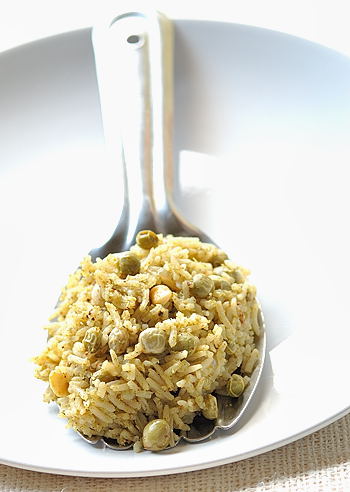
If you are a follower of my website, then you must be getting a vague sensation of being stalked with toor dal.:) My love for toor dal knows no boundaries and I tend to go little overboard on Mahanandi, when it comes to toor dal.
Looks like I have a company now.
Meet Linda, the fabulous food blogger from Michigan. Like me, Linda finds it impossible to resist the tantric tunes of tuvar.:) She is featuring, of all the ingredients in the world, the “Toor Dal†for Jihva December. And, on her latest post, she has written…
“Day and night, I couldn’t stop thinking about toor dal  ’till one morning I found myself wanting to toss some toor dal into a bowl of cottage cheese and sprinkle some sambhar powder, just to see how that would taste. I may be slightly obsessed.:)”
You are my toor dal dosth, dear Linda. 🙂
Here is another one for you. A curry with fresh tuvar and turai. Two fine Indian ingredients and one delightful dish. Perfect for chapatis, and for Jihva.
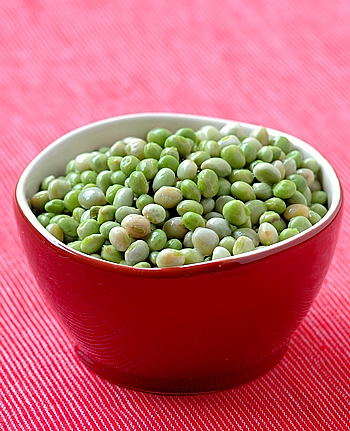
Recipe:
1 tablespoon peanut oil
Pinch each – cumin and mustard seeds, and a sprig of curry leaves
¼ cup – finely sliced onion or shallot (Erra gadda)
1 cup – fresh tuvar (Pacchi Kandulu)
2 cups – finely cut turai (ridge gourd or beerakaya)
2 tablespoons – fresh coconut, grated
1 teaspoon – finely ground green chilli
¼ teaspoon or to taste, – salt and turmeric
In a wide skillet, heat oil until a curry leaf tossed in it sizzles.
Add and toast curry leaves, cumin and mustard seeds.
Wait for the mustard seeds to splutter and then add onions and fresh tuvar.
Frequently stirring, saute them to tender.
Add the turai pieces. Sprinkle the coconut, green chilli, salt and turmeric.
Mix and cook covered for about 5-10 minutes, on medium-high, until the water leaked from turai evaporates. Serve hot with chapatis.
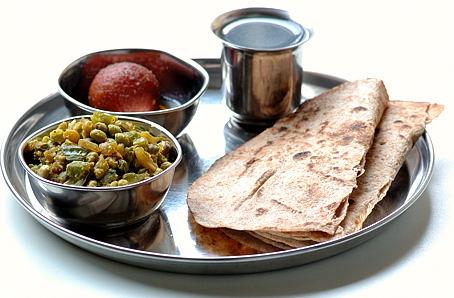
Notes:
Fresh Tuvar beans (frozen) are available at Indian grocery shops. 12 oz packets, priced at 2 or 3 dollars. Check the refrigerated section.
Turai or ridge gourd, and fresh coconut are available at Indian and also at Chinese grocery.